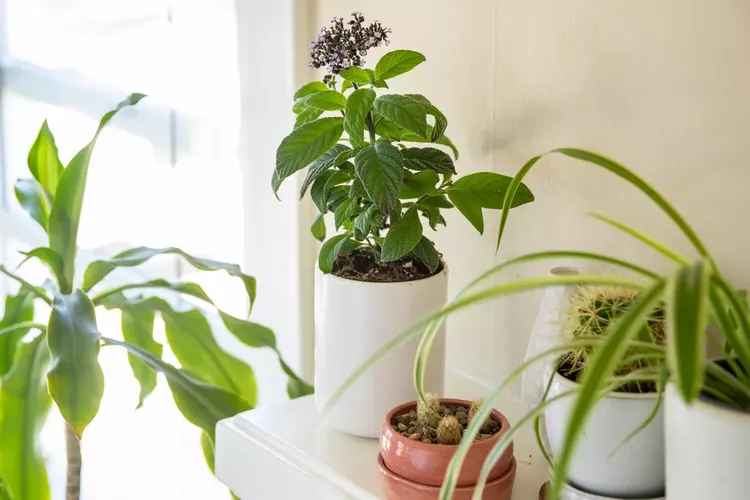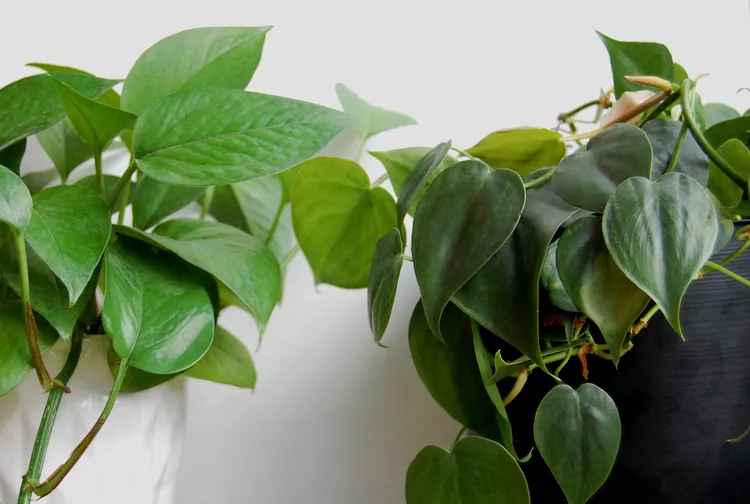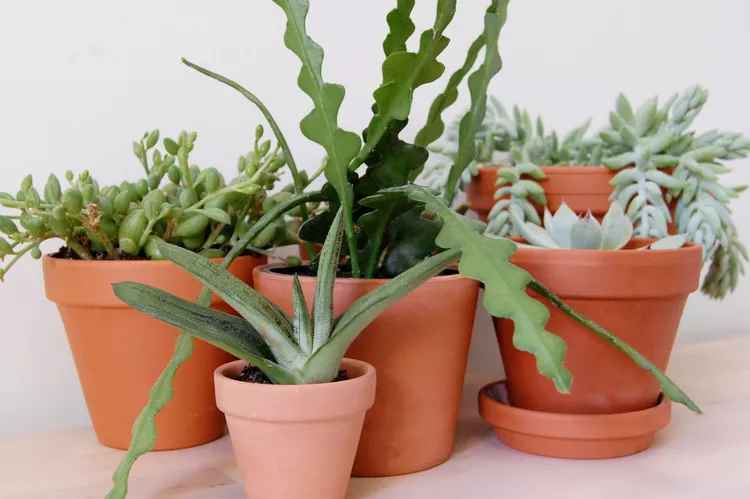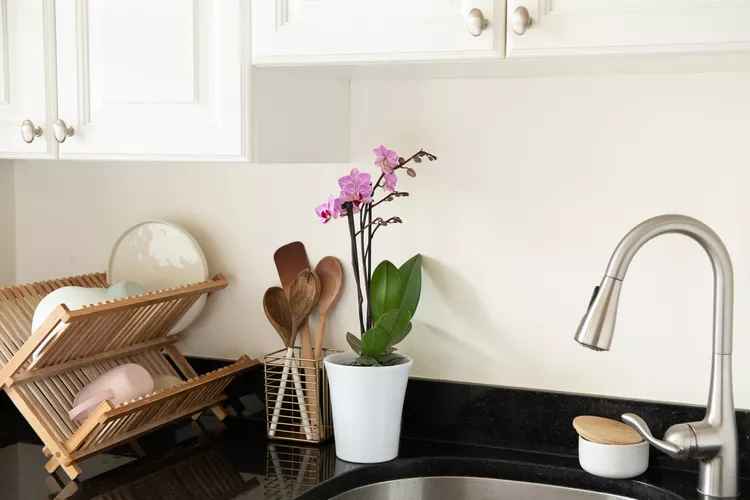The friendship plant is also known as Pilea involucrata. It has metallic colors of bronze and a deep veined texture. This plant is sometimes confused with Pilea Mollis which is also known as a friend plant. We will discuss Pilea Involucrata in this guide. It is easily identified by its ovate leaves with opposite pairs and its unique foliage color. This creeping plant is perfect for terrariums, and it can also be used as a houseplant.
Common Name Friendship Plant
Plant Name Pilea Involucrata
Family Urticaceae
Plant Type Perennial
Height 6-12 inches. tall, 6-12 in. Wide: 6-12 in.
Sun Exposure Partial
Soil type Loamy and Moist, but Well Drained
Soil pH Acidic, Neutral
Bloom Time Spring
Flower Color Pink
Hardiness Zones 11-12 in the USA
Native Area South America Central America
Pilea Involucrata Treatment
The main requirements for growing Pilea Involucrata are:
Plant in loose, nutrient rich soil that drains well.
Place the container in a well-lit area, away from direct sunlight.
Regularly water the soil, but don’t oversaturate it.
During the growing season, use a balanced fertilizer at half strength.
Close-up of pilea involucrata leaves texture
The Spruce (Phoebe Cheong)
Close-up macro of the texture of pilea volucrata
Close-up of a flowering pilea involucrata
Light
The plants are found in rainforests where they receive diffused, filtered sunlight but are shielded from direct, harsh sun rays. Keep your plant away from direct sunlight, which will cause the leaves to burn. It should be placed in a place where it can receive bright indirect light. It is best to place it near a window facing south or west.
Soil
The best soil is rich, loamy and well-draining. The Pilea will remain moist but not squishy. Mixing compost, coco coir, and perlite is an excellent choice because it promotes drainage while not drying out. The soil mixture will be light and airy, not heavy and compact.
Water
Pilea involucrata prefer constant moisture. Water these plants regularly. Overwatering can cause soggy soil, which can result in root rot. Feel the soil to determine if your Pilea plant needs water. Water the Pilea if the soil is dry in the first inch or two. Let any excess water drain. You will have to water your plants more frequently during the growing season. Reduce watering in the winter.
Temperature and Humidity
To ensure the health of tropical houseplants, you need to maintain a moderate to high level of humidity. Ideal humidity is around 60% or more. You can mist or place the plant near a humidifier, on top of pebble tray or in a terrarium.
The temperature range for the friendship plant is between 60-80 degrees Fahrenheit. If you keep your houseplant in a warm place, it is not a problem. You shouldn’t need to adjust the thermostat. Keep this plant outside, but bring it in if temperatures drop below 60 degrees Fahrenheit.
Fertilizer
The Pilea involucrata is not fussy about fertilizer. For best results, use a liquid fertilizer that is well balanced and diluted at half strength every month during the growing period. During the winter, do not fertilize.
Propagating Pilea Involucrata
This plant is known as the friendship plant because it is so easy to grow. People began to call them the “friendship plant” because they could easily be propagated and shared.
Stem cuttings can be used to create a collection of plants that you can give to your friends. You will need a pot that has drainage holes, well draining soil, rooting agent, a pair snips and a plastic bags. Follow these instructions.
Select a stem with leaves that are around 3 to 4 inches long. Make sure that the stem has two or more nodes.
Use a pair of sharp, clean scissors to cut the stem. Remove the lower leaves from the area where the stem will rest in the soil.
Rooting hormone can be used to dip the cut.
Press the soil to ensure the cutting is upright. Make sure that the soil does not become compacted and hard.
Place the plastic bag on top of the pot to increase humidity.
Place the pot in a place that is brightly lit, but not direct.
Water the soil when the soil begins to dry out and air the bag every day.
In a few short weeks, roots should start to form. Remove the bag when this happens and continue to care for your plant as normal.
Repotting and Potting Pilea Involucrata
They will not require repottery often because they are small and grow at a moderate rate. As they reach maturity (which usually takes between three and five years), you may have to repotted them every two years. Repot the plant when it is root-bound and you see roots growing out of the drainage holes in the pot.
Choose a pot one to two inches bigger than the current pot of your friendship plant when it is time to repot. Slide the Pilea gently out of the pot, and then plant it in the larger container. Use more loamy soil that drains well. To avoid unnecessary stress, bury the Pilea at the same level as before. Give it a little water and take care of it as normal.
Pilea Involucrata: Common Problems
Pilea Involucrata is not a problem plant when it has the right conditions. It may have problems if the conditions aren’t ideal. We’ll look at some of the most common issues with this plant.
Brown Edged Leaves
The browning of houseplant leaves is a sign that there is not enough humidity. These plants flourish in high to moderate humidity levels. It is therefore imperative to increase the humidity. This can be done by placing the plant next to a humidifier or on top of pebbles and water in a tray. You can also mist the leaves. You can move it into an area with more humidity, like a bathroom. But remember that the plant needs bright indirect light.
Yellow, Drooping Leaves
If you do nothing, yellow leaves can be a sign that your roots are rotting. Refrain from watering the soil until it begins to dry. You will need to replace the soil if it is soggy with one that drains well. The problem may be visible in the leaves but you can also check the stems and roots to see if there are any signs of rot. These will look like brown, mushy areas. Remove the rotted parts to try and save the plant. Replant the plant in a loamy soil that drains well.
The FAQ
Can I keep Pilea Involucrata in my bathroom?
The answer is yes, provided the plant receives bright indirect light. The bathroom is a good place to grow Pilea involucrata because they require a lot of humidity. If your bathroom is dark, this may not be a good choice.
Do Pilea Involucrata prefer small pots or not?
Generally, yes. These plants are small and grow at a moderate rate. They do not need large pots. Repot Pilea Involucrata only when it is root bound. Choose a pot one to two inches bigger than the existing pot.
What is the difference between Pilea mollis and Pilea involucrata?
Both of these plants are frequently confused. Some people confuse them because Pilea mollis, a cultivator for Pilea involucrata is the same plant. Their unique patterns and textures of foliage can help you distinguish them. The leaves of Pilea involucrata are deeply veined with bronze and silver. Pilea involucrata has bright, shiny green leaves that are highly textured. Pilea is sometimes called “Moon Valley” because of its texture.





